Are you asking yourself What is EDM Music?…
Electronic Dance Music (EDM) has taken the music industry and the rest of the world by storm, captivating audiences with its infectious beats, pulsating rhythms, and electrifying energy. In this comprehensive article, we will delve into the realm of EDM music, exploring its definition, popular sub-genres, historical roots, production techniques, and the use of loops within the genre.
EDM music, short for Electronic Dance Music, is a genre characterized by its electronic instrumentation, energetic beats, and focus on the dancefloor experience. It encompasses a wide range of styles and sub-genres, which are all designed to ignite a sense of euphoria and movement among listeners. EDM music is typically composed using digital audio workstations (DAWs), synthesizers, drum machines, and various software and hardware tools.
So if you’re an aspiring music producer or just a fan of the genre, and you’re eager to learn more about the genre, let’s explore the details
Table of Contents
What are the Most Popular Sub-genres of EDM Music?
- House Music: House music originated in the 1980s in Chicago and quickly became one of the most influential sub-genres within EDM. It features a four-on-the-floor beat, repetitive rhythms, and soulful vocals, often accompanied by rich synthesizer melodies. Sub-genres like Deep House, Tech House, and Progressive House have evolved from its roots.
- Techno: Techno emerged in Detroit during the 1980s, characterized by its fast-paced beats, repetitive patterns, and futuristic soundscapes. It embraces a minimalistic approach, focusing on driving rhythms and hypnotic melodies that create an immersive experience on the dancefloor.
- Trance: Trance music is known for its uplifting and euphoric qualities. With its melodic elements, ethereal vocals, and soaring synths, Trance aims to create a transcendental experience. Sub-genres like Progressive Trance, Uplifting Trance, and Psytrance have gained significant popularity within the EDM community.
- Dubstep: Dubstep originated in the late 1990s in the United Kingdom and gained mainstream recognition in the 2010s. It features heavy basslines, syncopated rhythms, and dramatic drops, creating a unique blend of aggressive and melodic elements. Dubstep has influenced sub-genres like Brostep and Riddim.
- Drum and Bass: Drum and Bass, also known as D&B, is characterized by its fast breakbeats, heavy basslines, and intricate percussion. With its energetic and frenetic nature, Drum and Bass creates a high-energy atmosphere on the dancefloor. Sub-genres like Liquid Funk and Neurofunk have emerged, expanding the genre’s sonic possibilities.
A Brief History of EDM Music
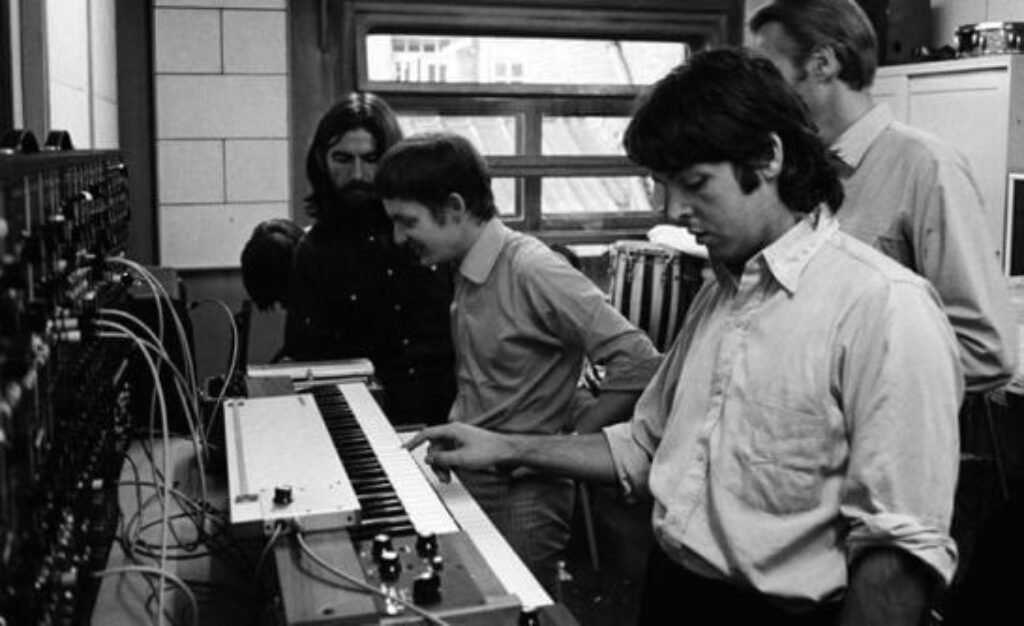
EDM music’s origins can be traced back to the 1970s and 1980s when electronic instruments and synthesizers began to play a prominent role in music production. The emergence of genres like Disco, Funk, and House laid the foundation for the development of EDM. The introduction of drum machines and samplers allowed artists to experiment with new sounds and rhythms, leading to the birth of Techno and Acid House in the 1980s.
The 1990s witnessed the rapid growth of EDM, with genres like Trance, Drum and Bass, and Breakbeat gaining popularity. The advent of the internet and the rise of digital music production tools in the 2000s opened doors for countless aspiring producers, leading to an explosion of creativity and innovation within the genre.
EDM’s mainstream breakthrough came in the 2010s when artists such as Avicii, Skrillex, and Calvin Harris dominated the charts and sold-out arenas worldwide. Today, EDM continues to evolve, with artists blending genres, experimenting with new sounds, and pushing the boundaries of electronic music.
How is EDM Made?
EDM production involves a combination of digital and analogue tools, as well as software and hardware instruments. The process typically starts with the creation of a musical idea, often using synthesizers to craft melodic elements and basslines. Drum machines or samples are then employed to create rhythm and percussion.
Digital audio workstations (DAWs) like Logic Pro, Ableton Live and FL Studio serve as the foundation for EDM production. These software platforms allow producers to arrange and manipulate musical elements, apply effects, and mix and master their tracks.
Additionally, EDM producers utilize a vast array of plugins and virtual instruments to create unique sounds and textures. These include synthesizers, samplers, drum kits, and effects processors. Sound design plays a crucial role in EDM production, as producers strive to create captivating and distinctive sonic landscapes.
Do EDM Music Producers Use Loops?
Yes, loops are commonly used by EDM producers as a creative tool to enhance their tracks. Loops are short, repeated sections of music that can be easily integrated into a composition. They can range from drum loops, basslines, and melodic phrases to atmospheric textures and vocal snippets.
Loops provide a foundation upon which producers can build their tracks, allowing them to focus on other aspects of production such as arrangement, sound design, and adding their unique touches. Producers often modify and manipulate loops to fit their artistic vision, ensuring that their tracks maintain a distinct identity.
Who are the most popular EDM Artists?
Martin Garrix

At just 27 years old, Martin Garrix has become a household name in the EDM world. Known for his chart-topping hits like “Animals” and “Scared to be Lonely,” Garrix has cemented his position as one of the most successful DJs and producers of all time. With his infectious melodies, energetic performances, and collaborations with renowned artists, Garrix consistently delivers crowd-pleasing tracks that resonate with EDM enthusiasts worldwide.
Avicii
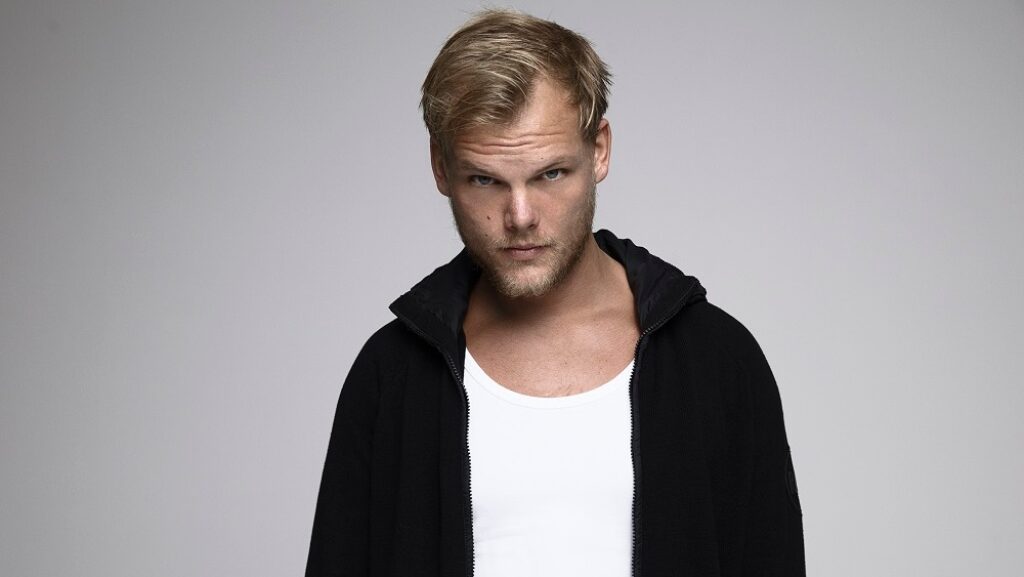
The late Avicii (Tim Bergling) left an indelible mark on the EDM scene with his iconic tracks, including “Levels,” “Wake Me Up,” and “Hey Brother.” Known for his melodic style that seamlessly blended electronic elements with folk and pop influences, Avicii’s music struck a chord with listeners globally. His untimely passing in 2018 shocked the world, but his legacy as one of EDM’s greatest pioneers lives on through his timeless music.
Calvin Harris
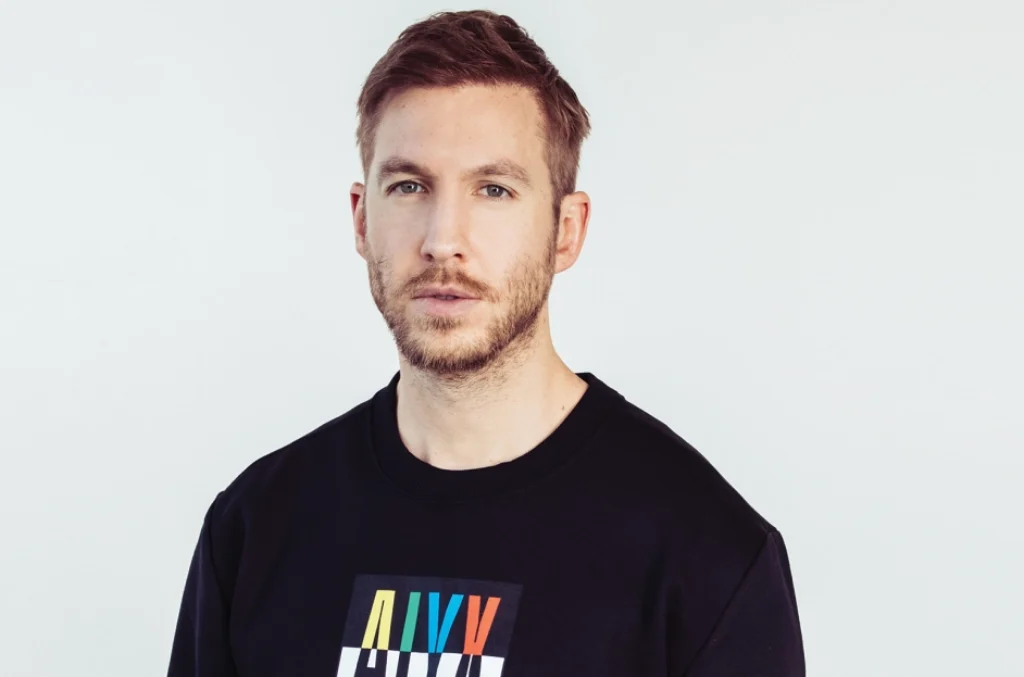
Calvin Harris, a Scottish DJ, singer, and producer, has achieved unparalleled success in the EDM industry. With an impressive string of hits such as “Feel So Close,” “Summer,” and “This Is What You Came For,” Harris has consistently dominated charts and dancefloors worldwide. His ability to seamlessly fuse catchy pop hooks with infectious electronic beats has earned him numerous accolades and collaborations with industry giants.
Zedd
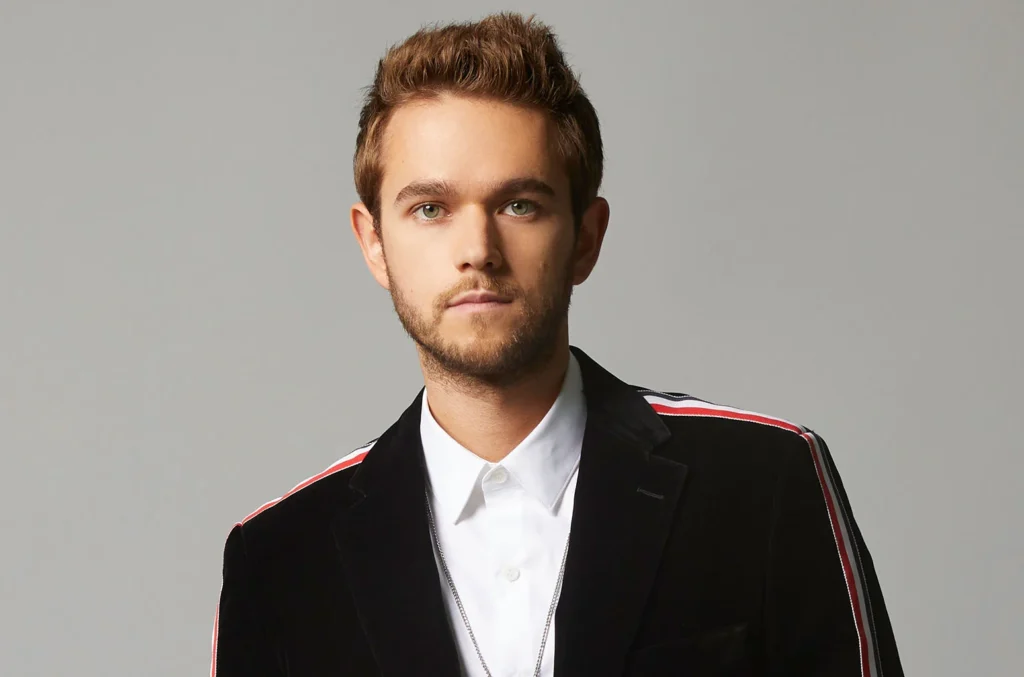
Zedd, born Anton Zaslavski, has risen to prominence with his captivating blend of progressive house and electro-pop. Known for his meticulous production and attention to detail, Zedd has crafted hits like “Clarity,” “Stay,” and “The Middle.” His ability to create infectious melodies and collaborate with a diverse range of artists has earned him a dedicated fan base and widespread acclaim in the EDM community.
The Chainsmokers
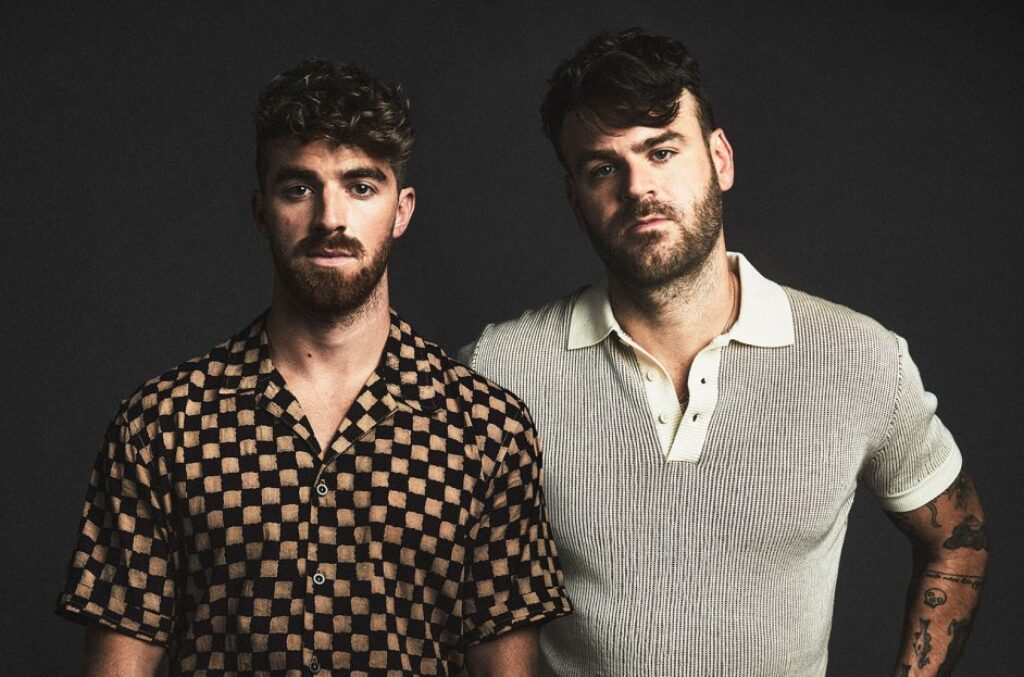
Consisting of Alex Pall and Drew Taggart, The Chainsmokers have enjoyed immense success with their unique brand of EDM-infused pop music. Their chart-topping hits, including “Closer,” “Don’t Let Me Down,” and “Something Just Like This,” have garnered billions of streams and propelled them to international stardom. With their infectious hooks, relatable lyrics, and genre-bending sound, The Chainsmokers have solidified their position as one of the most popular EDM acts of recent years.
These five EDM artists have made a significant impact on the genre, consistently delivering chart-topping hits, electrifying performances, and pushing the boundaries of electronic music. Martin Garrix, Avicii, Calvin Harris, Zedd, and The Chainsmokers have not only achieved commercial success but have also become icons within the EDM community, inspiring countless aspiring artists and captivating audiences around the world.
Their unique styles, infectious melodies, and ability to seamlessly fuse electronic elements with various genres have contributed to the enduring popularity of EDM. As the genre continues to evolve, these artists, among others, will undoubtedly shape the future of electronic music, captivating new audiences and leaving an indelible mark on the EDM landscape for years to come.
What are the most popular EDM Music Festivals?
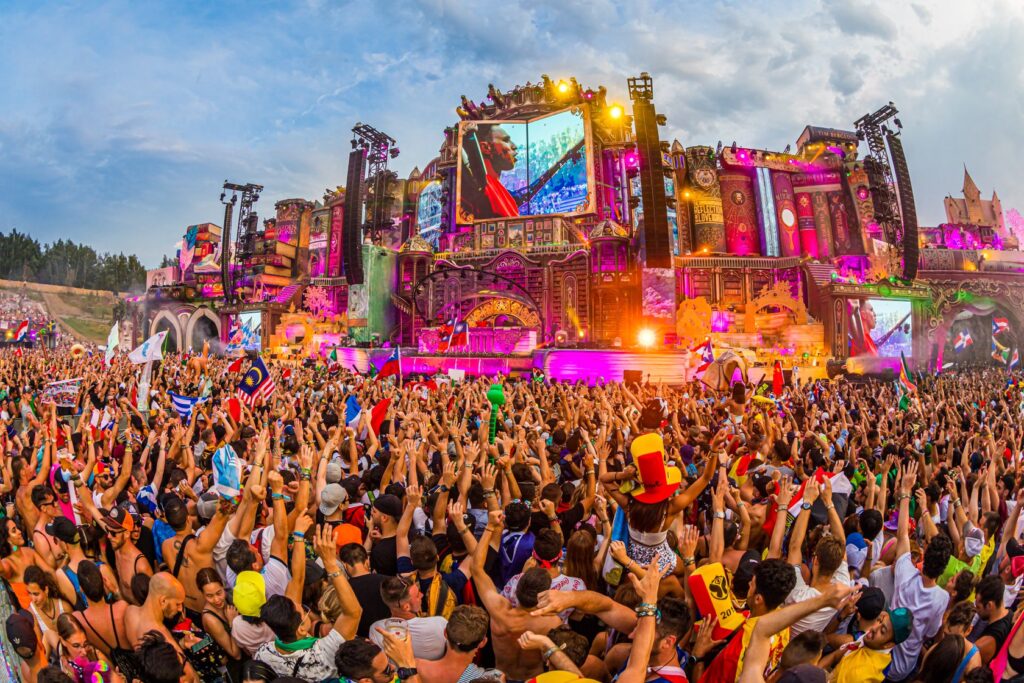
If you haven’t been to an EDM Festival before, attending one is a great choice if you want to fully immerse yourself in one of the most popular electronic music genres around.
- Tomorrowland: Held in Boom, Belgium, Tomorrowland stands as one of the most iconic and influential EDM festivals. With its enchanting stages, extravagant production, and an all-star lineup of top-tier artists, Tomorrowland is a haven for EDM enthusiasts. Spanning multiple weekends, this festival attracts visitors from around the world who come to witness the magic and celebrate the power of music.
- Ultra Music Festival: Ultra Music Festival, located in Miami, Florida, has become a mecca for EDM fans and industry professionals. Known for its cutting-edge stage designs, mind-blowing visuals, and electric atmosphere, Ultra showcases the best of electronic music across various genres. The festival also hosts the annual Miami Music Week, featuring a series of parties, conferences, and networking opportunities for artists and music industry insiders.
- Electric Daisy Carnival (EDC): EDC is a global phenomenon that has expanded to multiple locations, including Las Vegas, Orlando, and Mexico City. Renowned for its larger-than-life stage productions, immersive art installations, and a diverse lineup of EDM artists, EDC offers an unforgettable experience for attendees. The festival combines music, art, and technology to create a truly immersive and otherworldly atmosphere.
- Tomorrowland Winter: For EDM enthusiasts who crave a unique winter experience, Tomorrowland Winter in Alpe d’Huez, France, is a must-attend event. Set amidst the stunning snowy landscape, this festival combines world-class music with winter sports activities, creating an unforgettable fusion of adrenaline and euphoria. Attendees can enjoy performances from top EDM artists while taking part in skiing, snowboarding, and other winter adventures.
- Electric Zoo: Located in New York City’s Randall’s Island Park, Electric Zoo has become one of the premier EDM festivals in North America. Known for its diverse lineup, featuring a mix of mainstream and underground artists, Electric Zoo showcases the rich tapestry of EDM sub-genres. The festival prides itself on creating a welcoming and inclusive environment, where fans can celebrate their love for electronic music.
What is a typical EDM song structure?
Electronic Dance Music, typically has a very predictable song structure, let’s break down step by step, how to piece together your first EDM song.
Step 1
Most songs in the EDM genre begin with an attention-grabbing intro, setting the mood and preparing the listener for what’s to come. The intro often features atmospheric elements, subtle melodies, and a gradual buildup of anticipation.
Step 2
Verse The verse introduces the main musical elements of the track while allowing space for vocals or instrumental hooks to shine. It establishes the foundation of the song, building the listener’s connection and creating a sense of familiarity.
Step 3
Pre-Chorus/Buildup The pre-chorus or buildup section serves as a transition between the verse and the chorus, intensifying the energy and anticipation. It often includes rising melodies, increased percussion, and the gradual introduction of additional layers, creating tension and excitement.
Step 4
Chorus/Drop The chorus, also known as the drop, is the climactic moment of the song. It features the most prominent and impactful elements, including powerful beats, energetic melodies, and catchy hooks. The drop delivers the signature sound of the track, eliciting a surge of energy and encouraging the audience to dance and celebrate.
Step 5
Breakdown Following the exhilarating chorus, the breakdown offers a moment of respite and reflection. It typically features stripped-down instrumentation, softer melodies, and a reduction in intensity. The breakdown allows the listener to catch their breath while maintaining their engagement with the song.
Step 6
Buildup After the breakdown, the buildup section returns, gradually rebuilding the energy and anticipation. It reintroduces familiar elements from earlier sections while adding new layers and intensifying the rhythm, signalling the impending climax of the song.
Step 7
Second Chorus/Drop The second chorus or drop repeats the energetic and impactful elements of the first chorus, but with subtle variations or added layers to keep the listener engaged. This section may feature additional instrumental elements or vocal variations to add freshness to the track.
Step 8
Bridge The bridge section provides a break from the main structure of the song, offering a distinct musical and emotional contrast. It may feature a different chord progression, unique instrumentation, or a change in tempo. The bridge serves as a moment of artistic exploration, adding depth and diversity to the overall composition.
Step 9
Final Chorus/Drop In the final chorus or drop, the song reaches its peak intensity and energy. It often includes additional layers, vocal ad-libs, or instrumental variations to create a sense of grandeur and closure. This section leaves a lasting impression on the listener, ensuring a memorable conclusion to the EDM experience.
Step 10
Outro The song concludes with an outro that brings the energy down gradually, signalling the end of the track. The outro may feature fading elements, atmospheric sounds, or a final moment of reflection before the music fades away.
What are the most common characteristics of EDM music?
If you’re a music producer looking to produce your first EDM track, this section is intended for you.
- Energetic Rhythm and Beats: EDM music is characterized by its high-energy rhythm and beats that drive the music forward. The tempo is often fast-paced, ranging from 120 to 140 beats per minute (BPM) or even higher in some sub-genres. The rhythmic patterns are typically repetitive and designed to keep the listener engaged and dancing.
- Catchy Melodies: Melodies play a crucial role in EDM music, creating memorable hooks and captivating the listener’s attention. Whether delivered by synthesizers, vocal samples, or other instruments, these melodies are often uplifting, anthemic, and designed to evoke positive emotions. EDM melodies are catchy and easily recognizable, making them perfect for festival anthems and club bangers.
- Powerful Drops: One of the defining characteristics of EDM music is the use of powerful drops. The drop is the climactic moment in the song where the energy reaches its peak, and the music explodes with intense beats, basslines, and other impactful elements. These drops create an exhilarating and euphoric experience for listeners, often accompanied by energetic crowd reactions in live settings.
- Builds and Breakdowns: EDM tracks often feature intricate build-ups and breakdowns that enhance the overall dynamics of the music. Builds gradually increase tension and anticipation, leading up to the climactic drop. Breakdowns, on the other hand, provide moments of contrast and reprieve, typically featuring softer melodies, stripped-down instrumentation, and a reduction in energy. These sections add depth and variation to the song structure, keeping the listener engaged and creating a sense of progression.
- Use of Electronic Instruments and Production Techniques: As the name suggests, electronic instruments and production techniques are integral to EDM music. Synthesizers, drum machines, samplers, and virtual instruments are commonly used to create unique and futuristic sounds. EDM producers employ various effects, such as filtering, modulation, and sidechain compression, to shape the elements and create the signature sound of the genre.
- Remix Culture: Remixing is a prevalent practice in the EDM community. Artists often remix existing tracks, adding their own creative touches and interpretations. Remixes provide fresh perspectives on popular songs, introducing new rhythms, melodies, and production elements. This remix culture contributes to the constant evolution and cross-pollination of ideas within the EDM genre.
Understanding these common characteristics allows both fans and aspiring producers to appreciate the intricacies of EDM music and explore its vast and diverse sub-genres. Whether you’re dancing at a festival, working out at the gym, or simply enjoying the music in your personal space, the infectious energy and captivating elements of EDM make it a genre that continues to resonate with audiences around the globe.







